30 Best Protein Foods That Melt Fat Almost Instantly
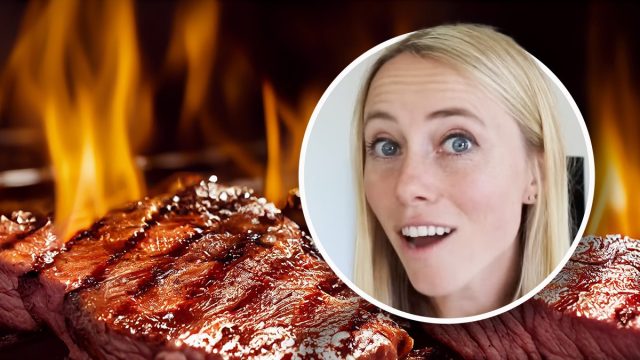
Tired of eating the same protein foods while seeing minimal results? You might be choosing the wrong proteins. Not all protein sources are created equal – some can actually help accelerate your fat loss, while others might be holding you back.
"It's really important to eat enough protein to help prevent ruining your metabolism while you lose weight. But some protein-rich foods are a lot better at doing this than others," explains Autumn Bates, a certified clinical nutritionist with a master's in nutrition and human performance and 600,000 subscribers following her tips on YouTube.
Looking to boost your protein intake while losing weight? This ranking breaks down the best protein sources from good to absolute best. Let's start with the basics:
Quinoa
"Quinoa is often praised as a protein powerhouse, but the numbers tell a different story," Autumn says in her post. With just 8 grams of protein and 34 grams of net carbs per cup when cooked, it's not the protein champion many believe it to be. While it's nearly a complete protein, Autumn notes its DIAZ score (protein absorption rate, which tells us how effectively your body can use the protein to build and maintain lean muscle.) is relatively low.
Almonds
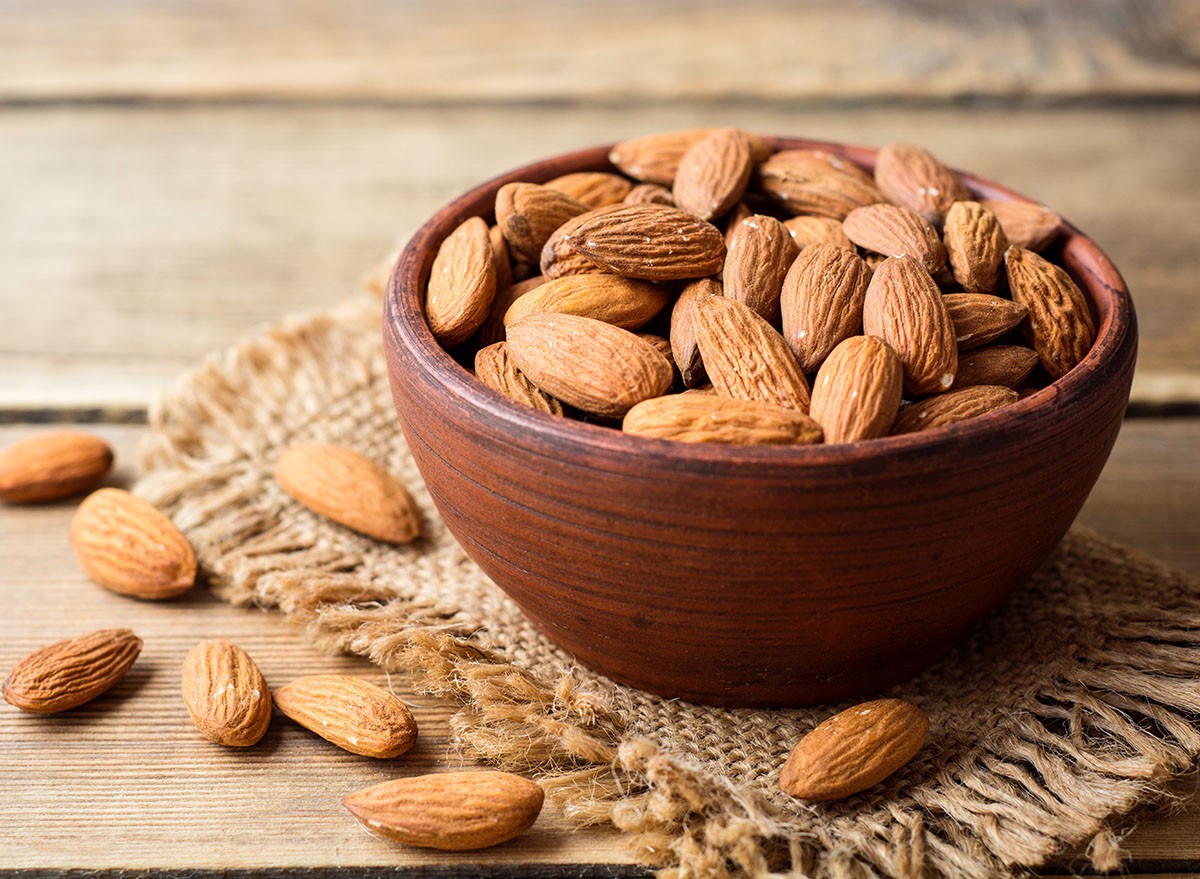
Despite their healthy reputation, almonds don't pack the protein punch many expect. Autumn explains that their protein quality is so low it's barely measurable, making them better suited as a healthy fat source than a protein source.
Peanuts
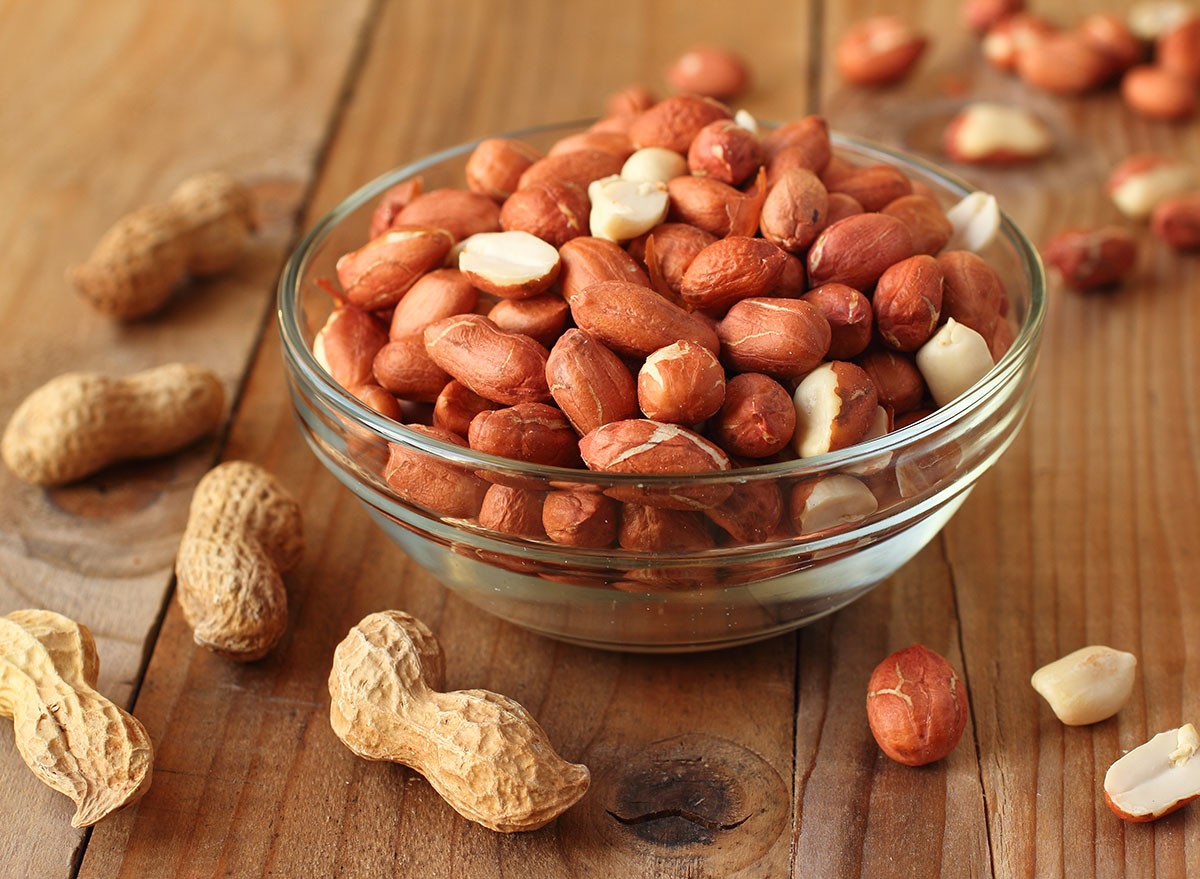
"You only get 7 grams of protein for about 190 calories of peanuts," Autumn points out. Compare this to beef, which provides 27 grams of protein for the same calories. Plus, peanuts are low in crucial nutrients like zinc, iron, and vitamin A.
Regular Yogurt
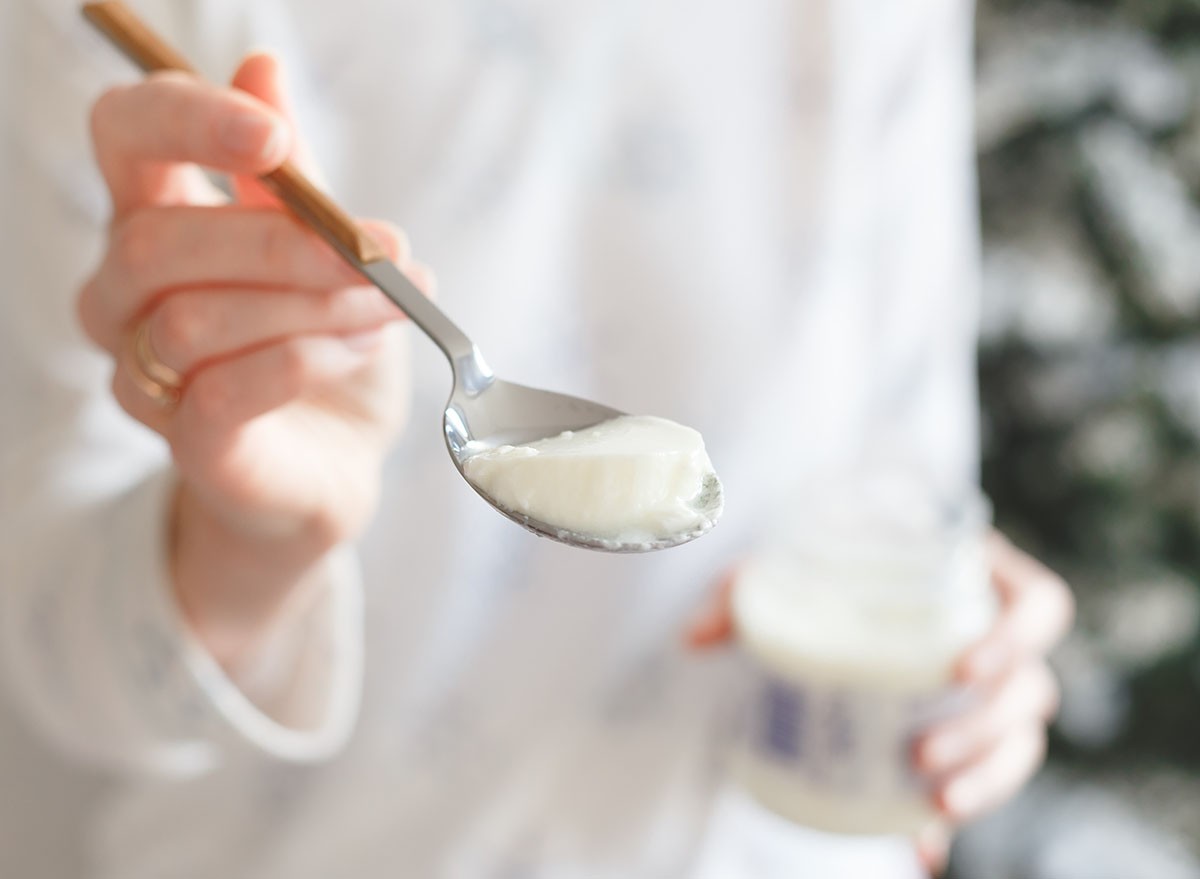
While nutritious, regular yogurt offers just 5-7 grams of protein per cup, Autumn notes. That's significantly less than its concentrated cousin, Greek yogurt, making it a less efficient protein source for weight loss. Moving Up: The Decent Options
Seitan
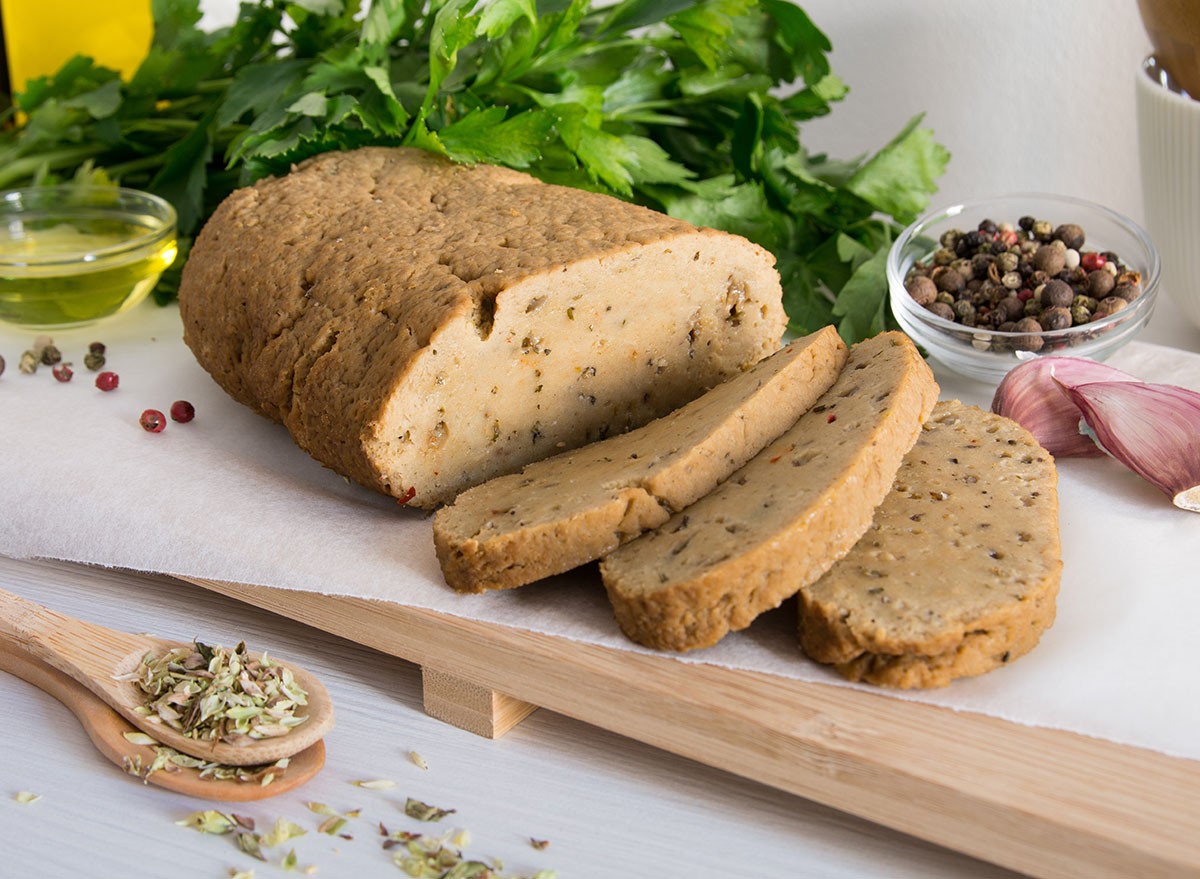
Made from wheat protein, seitan offers a decent amount of protein but falls short in several areas. "It's incomplete protein with a lower DIAZ score," Autumn explains, "and it's notably nutrient-poor compared to other options."
Beans (General Category)
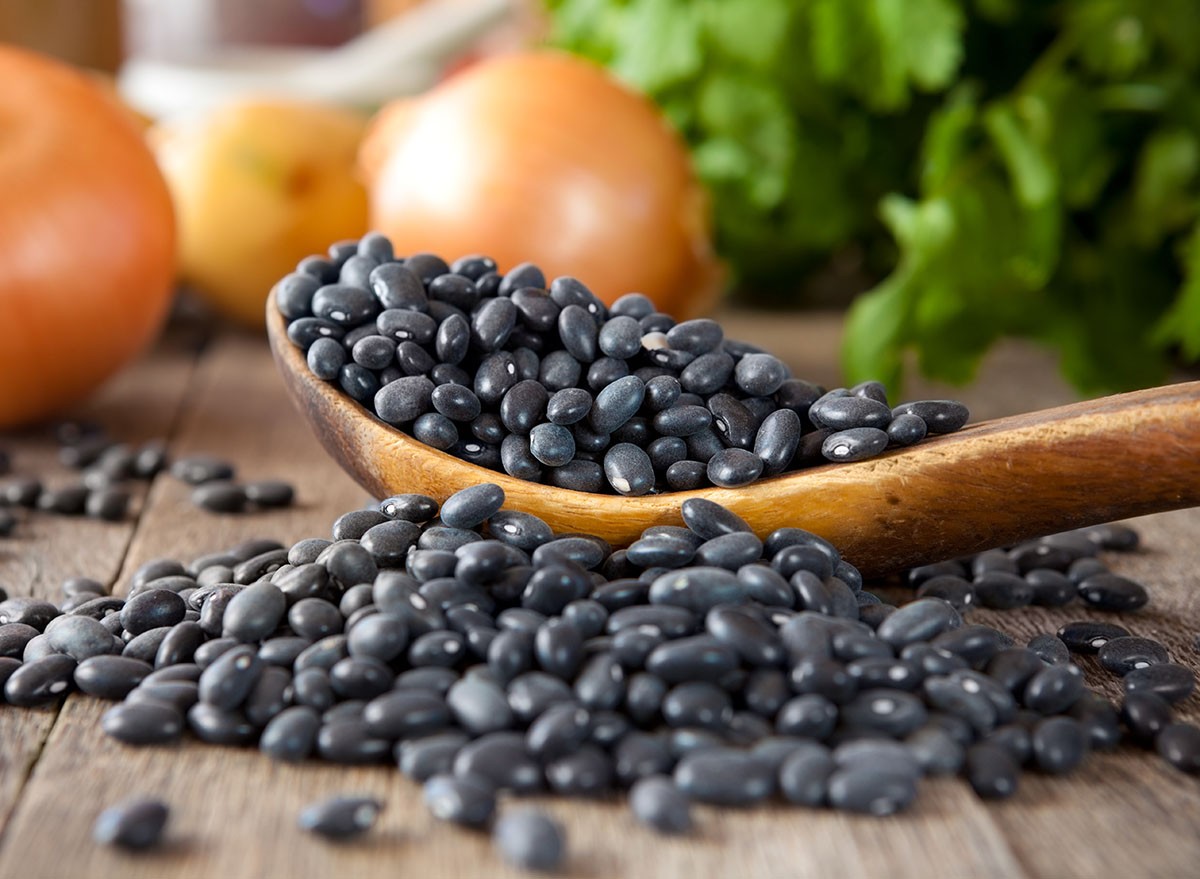
While beans provide some protein, Autumn points out their inefficiency: "To get 28 grams of protein from black beans, you're also consuming 54 grams of net carbs and 482 calories." This high carb-to-protein ratio makes them less ideal for weight loss goals.
Seeds (General Category)
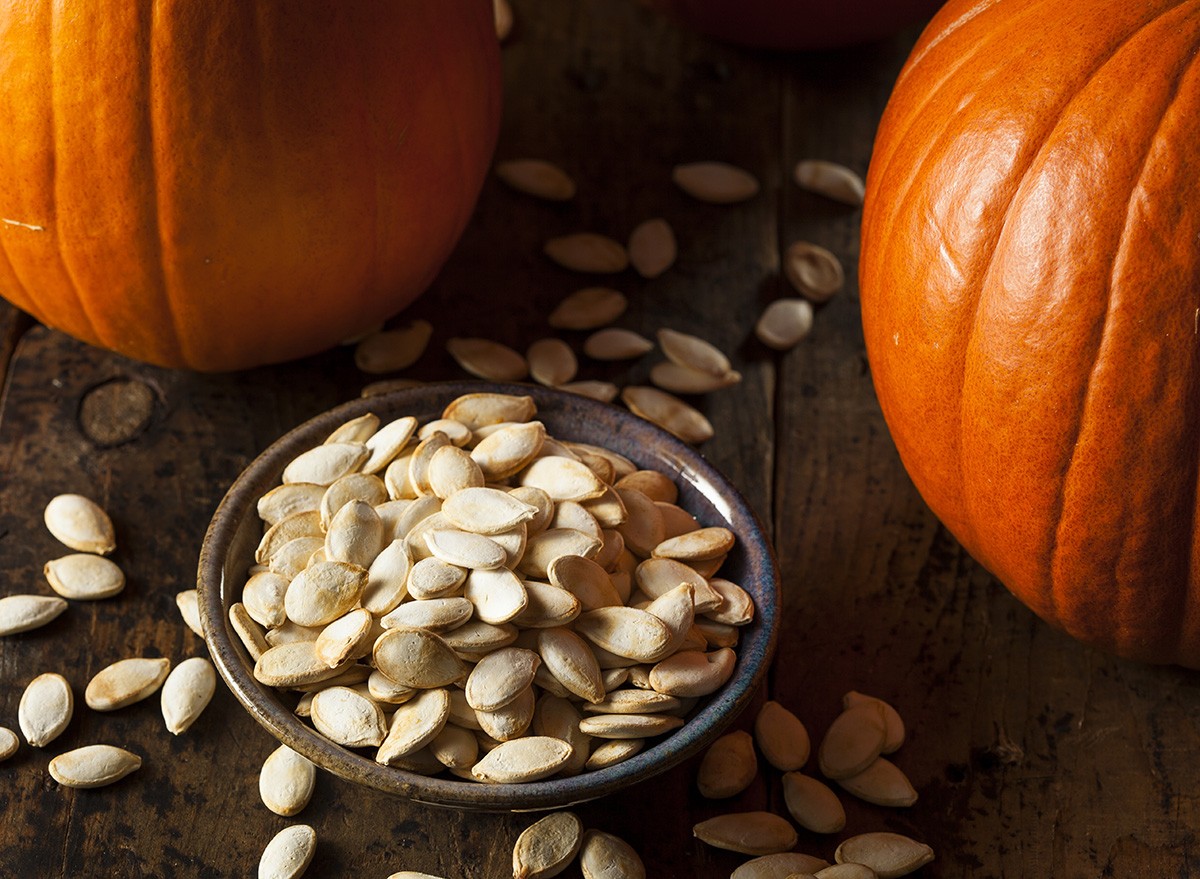
Hemp seeds lead this category with a moderate DIAZ score. "Seeds can provide some valuable nutrients," Autumn says, noting that pumpkin seeds offer magnesium while hemp seeds provide plant-based omega-3s.
RELATED: 8 High-Protein Foods with Nearly Zero Calories That Melt Fat
Chickpeas
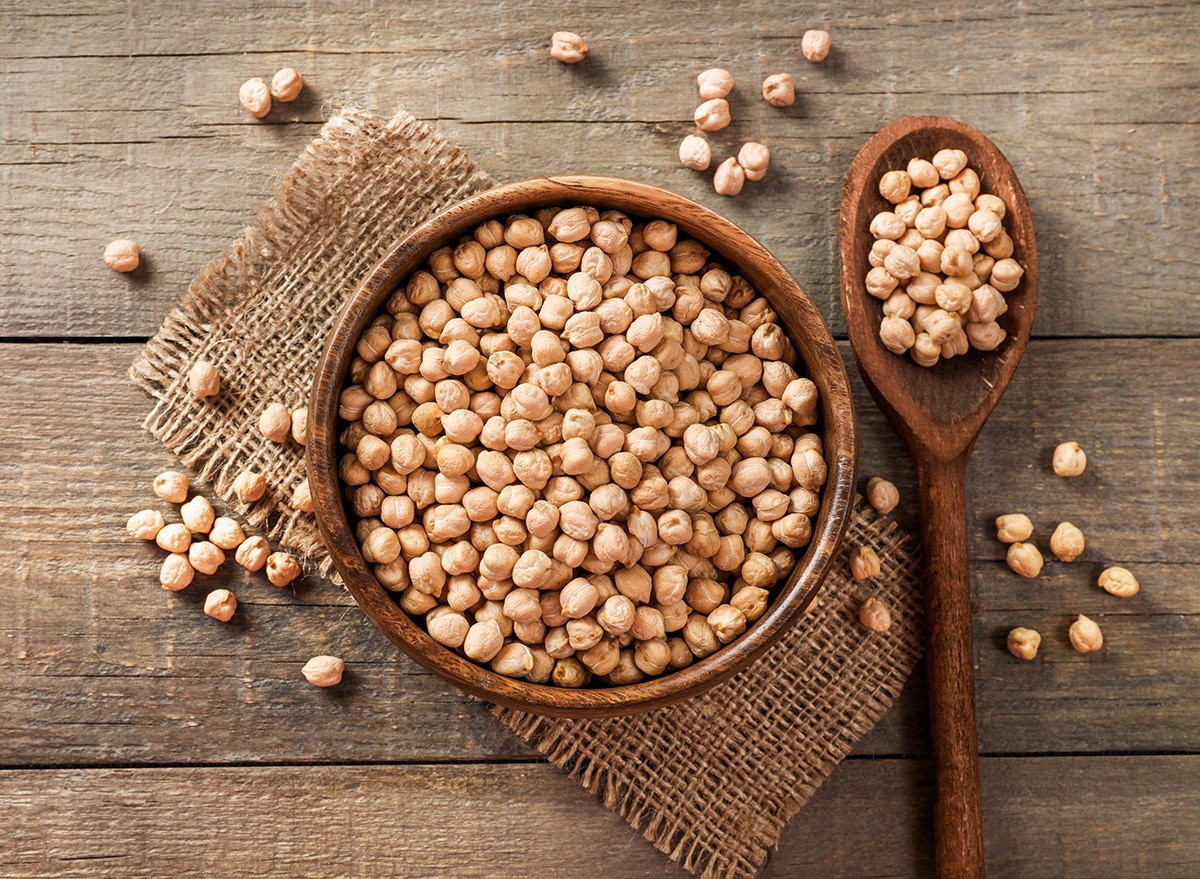
One cup of cooked chickpeas provides 15 grams of protein alongside 33 grams of net carbs. Autumn appreciates their fiber content and nutrients like folate, iron, and zinc, though she notes the minerals aren't as bioavailable as in animal sources.
Ezekiel Bread
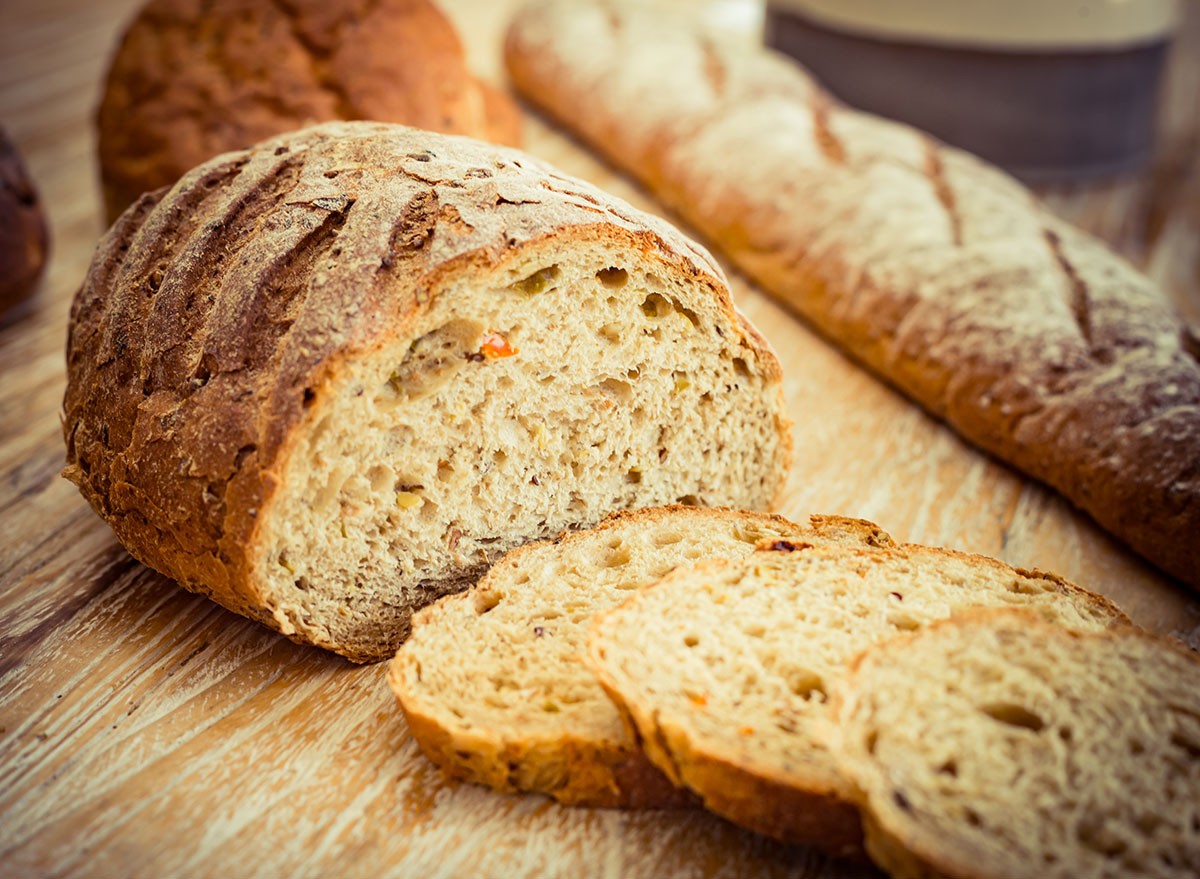
This sprouted grain bread stands out from regular bread with about 10 grams of protein per two slices. "The fermentation and sprouting process makes nutrients more absorbable," Autumn explains, though she notes its DIAZ score isn't well documented.
Buckwheat
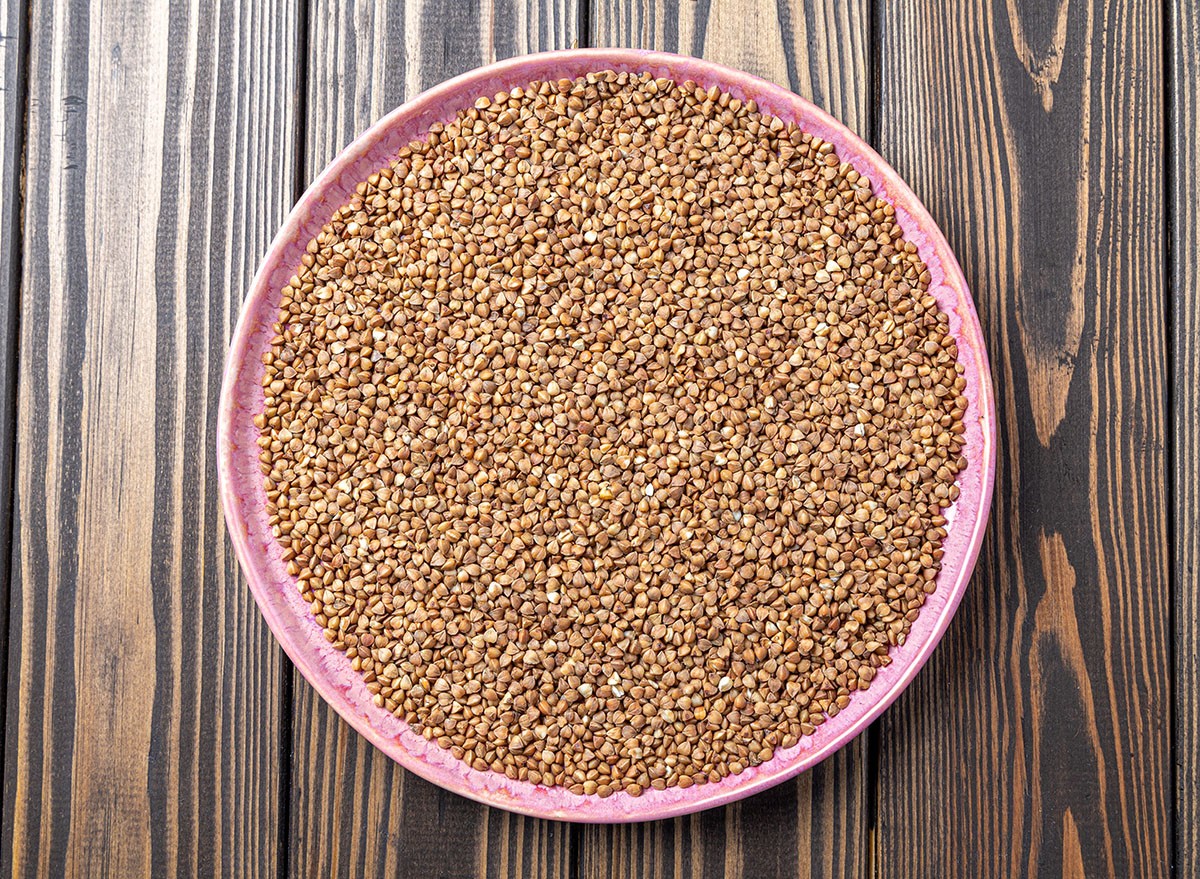
While it's a complete protein with a decent DIAZ score, buckwheat's numbers are modest: 6 grams of protein per cup cooked, with 29 grams of net carbs. Autumn appreciates its medium glycemic load, making it a reasonable choice when whole grains are desired. Now let's move to middle tier.
Pea Protein Powder
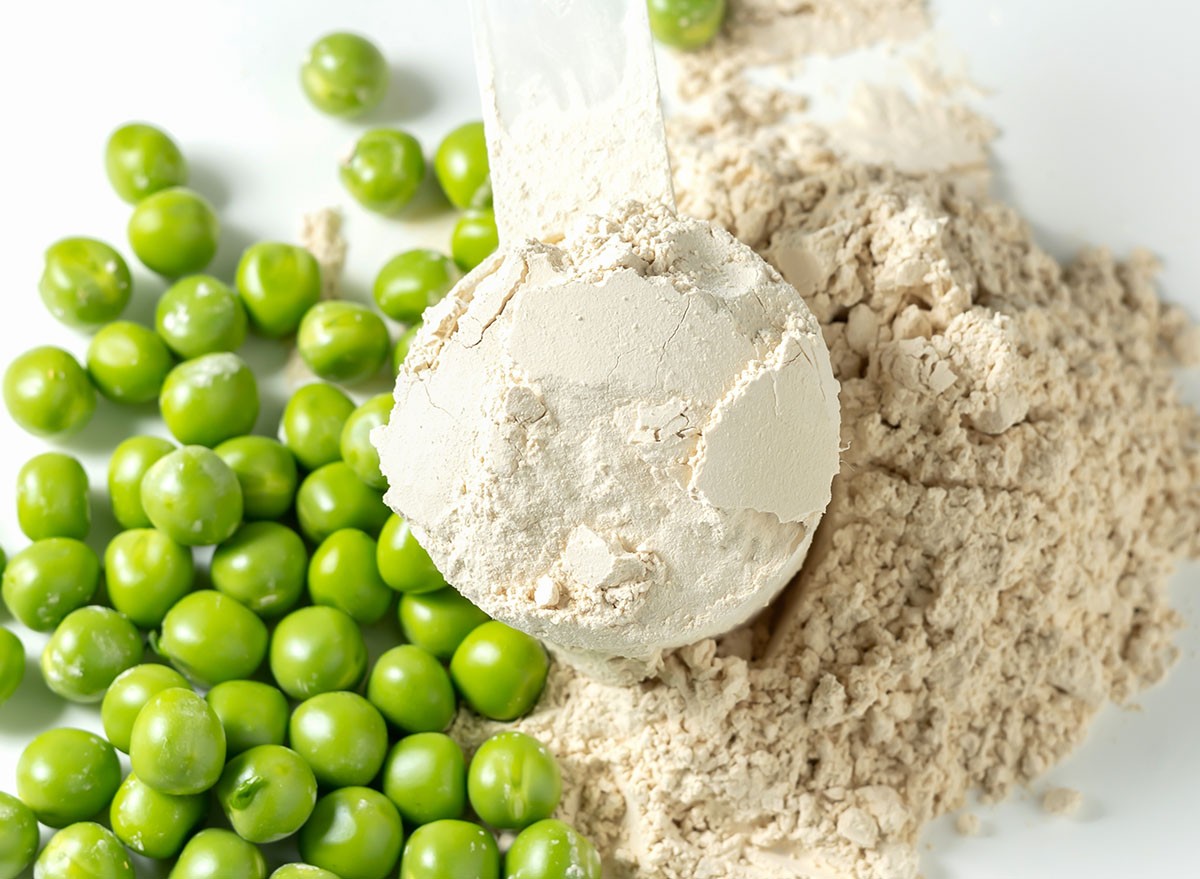
"The DIAZ scores for pea protein are mixed," Autumn notes. While it's high in protein, she's observed digestive issues in many clients, and it lacks the nutrient density of whole foods.
Oysters
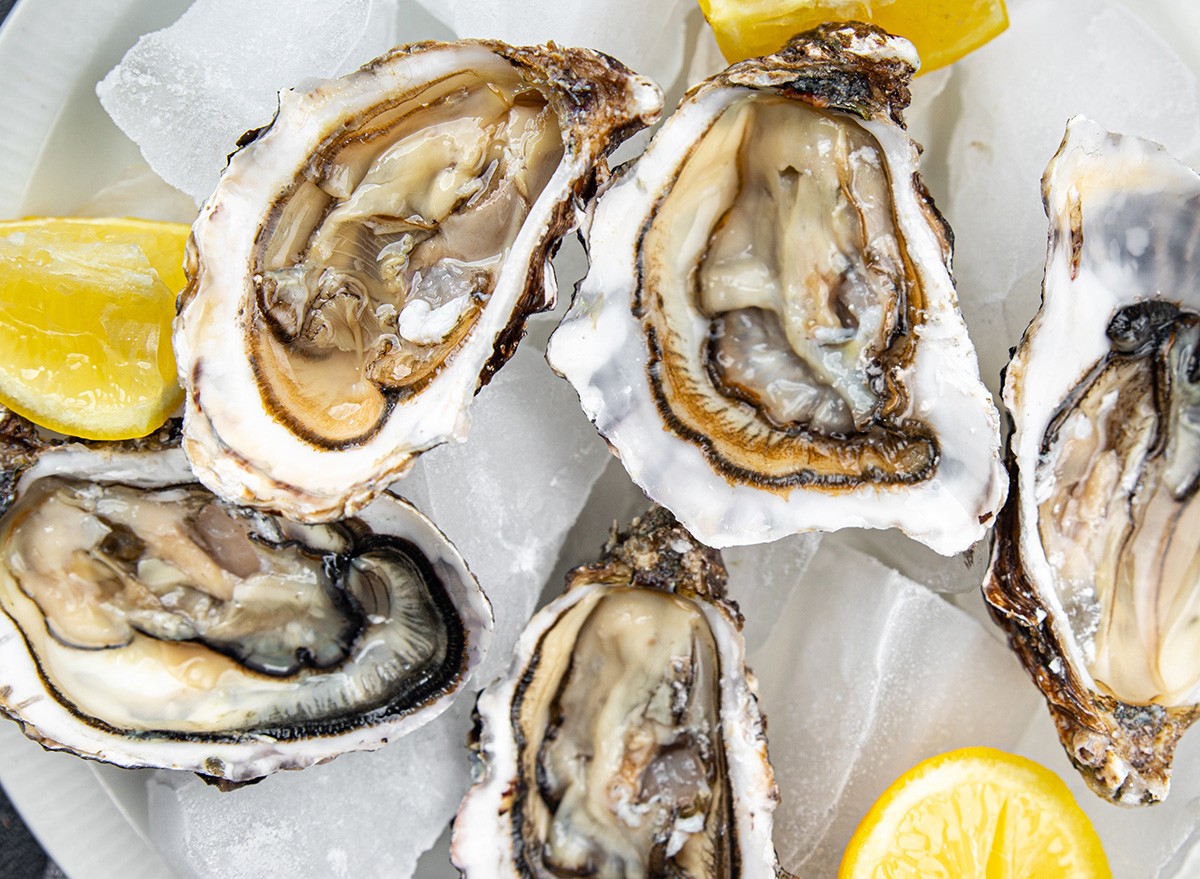
Though not typically thought of as a protein source, oysters offer about 11 grams of protein per 4 ounces. "They're one of the best sources of vitamin B12," Autumn highlights, though their relatively low protein density keeps them from ranking higher.
Yellow Split Peas
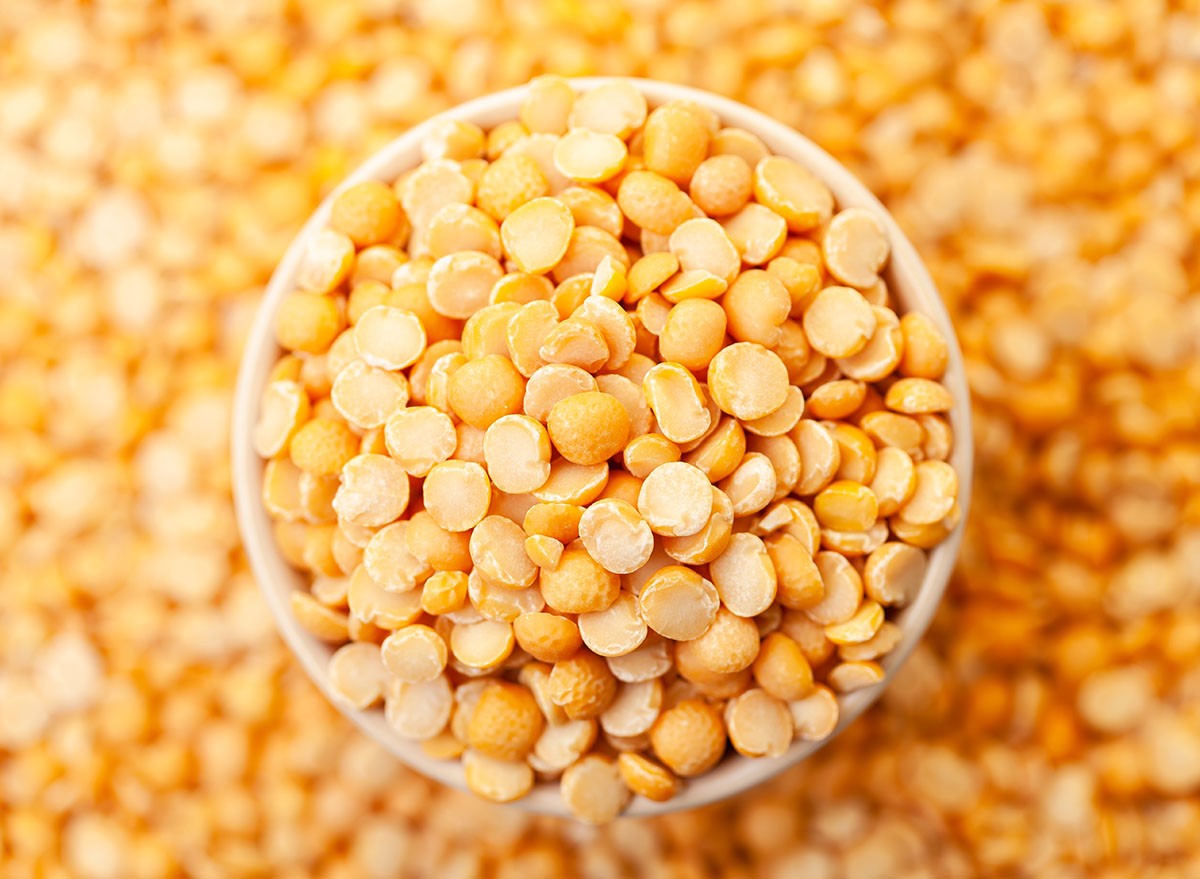
With 16 grams of protein and 20 grams of net carbs per cooked cup, yellow split peas offer a better protein-to-carb ratio than many plant sources. Autumn notes their decent DIAZ score and good folate content.
Soy Protein Powder
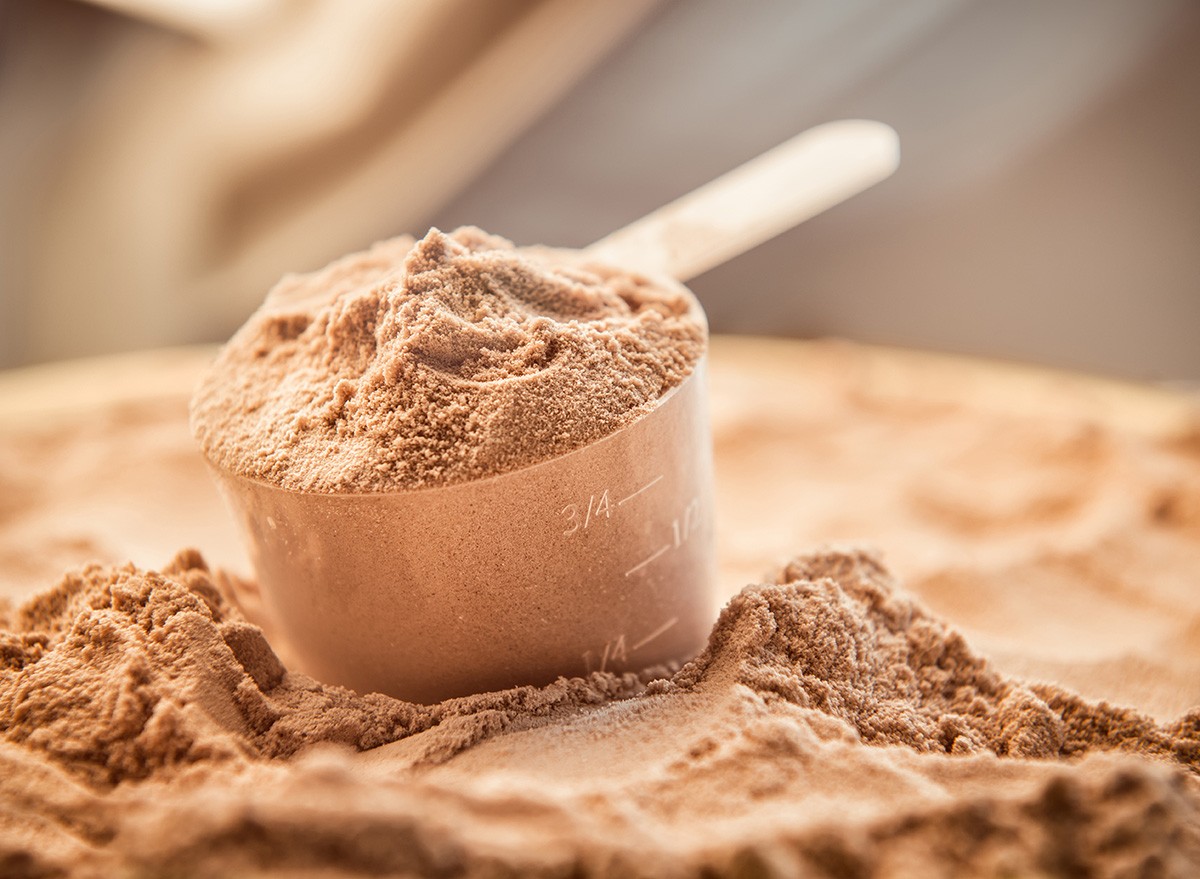
Ranking higher than pea protein due to its better DIAZ score, soy protein powder still falls short of animal-based options. "It's a decent choice for plant-based dieters," Autumn says, "but like all powders, it lacks the nutrient complexity of whole foods." Now the list is getting serious.
Tofu
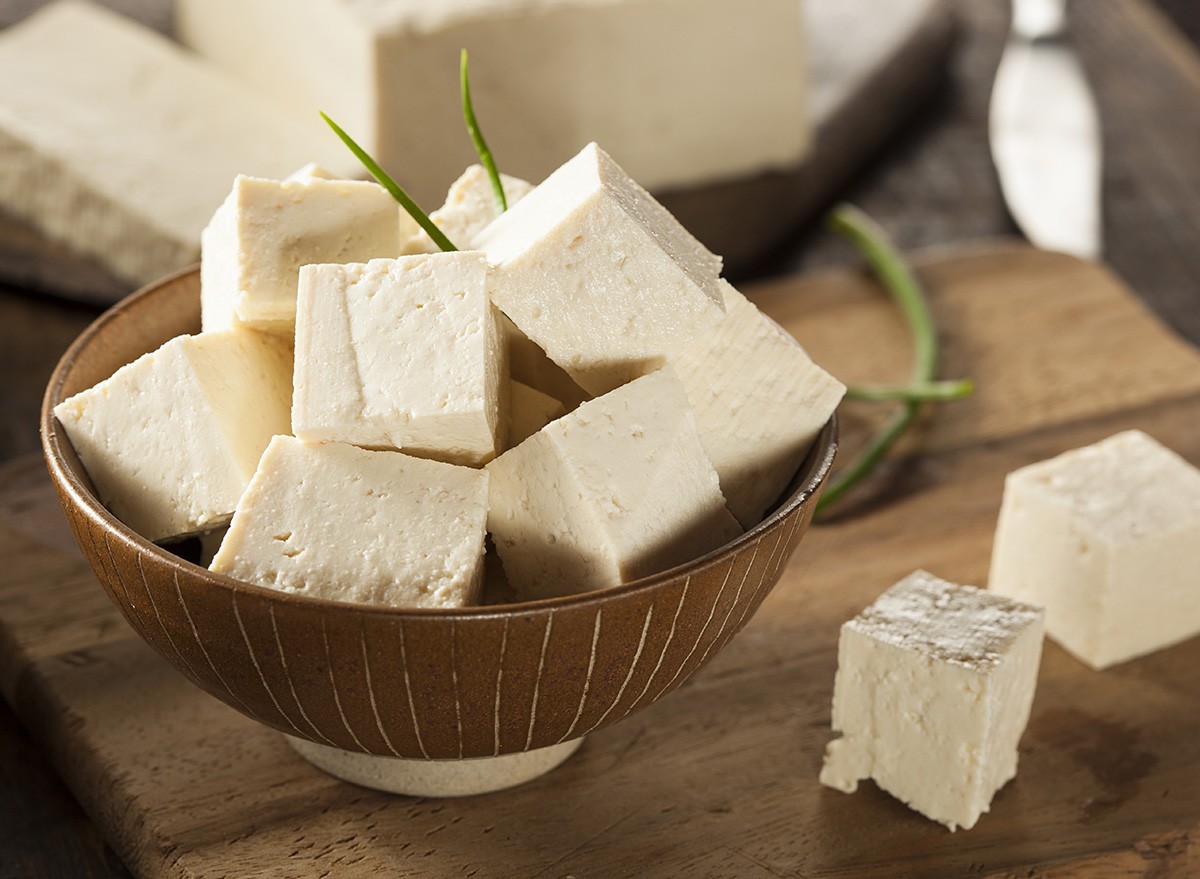
While you need about 9 ounces to get 30 grams of protein, tofu's complete amino acid profile makes it noteworthy. "It's a versatile option for plant-based eaters," Autumn explains, though she prefers its fermented cousin, tempeh.
Edamame
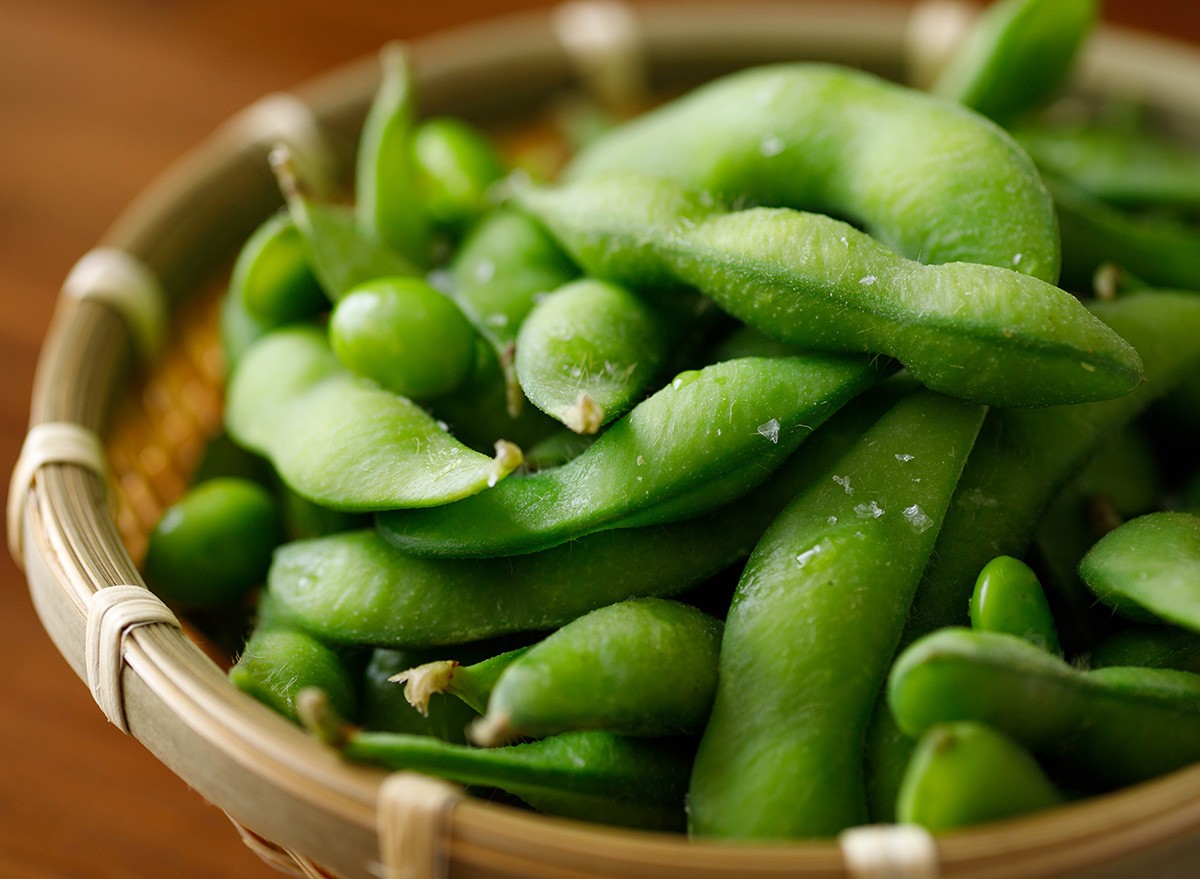
One cup provides 12 grams of complete protein with only 3 grams of net carbs. While not fermented like tempeh, Autumn appreciates its whole-food status and nutrient profile.
White Fish
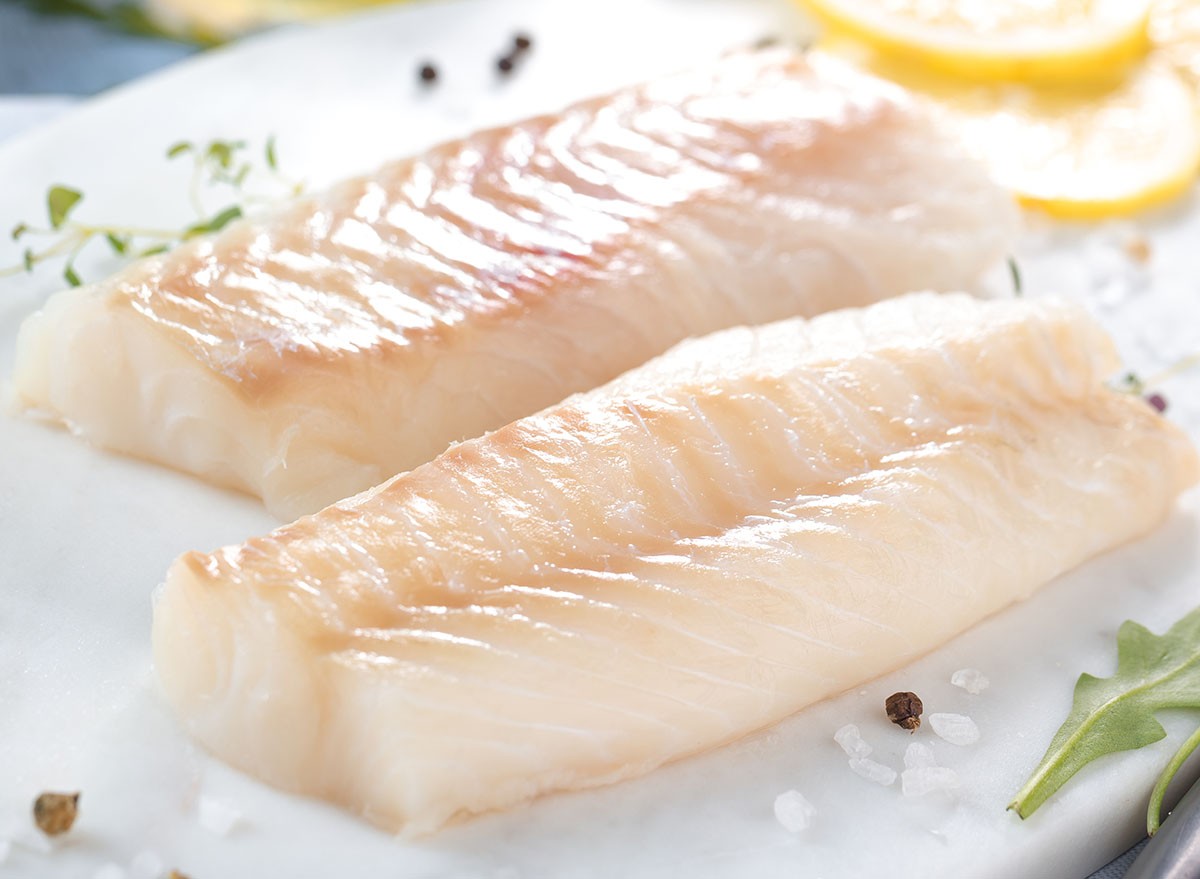
Lean and protein-rich, white fish earns its spot with high protein content and good digestibility. Though lower in some nutrients compared to fatty fish, Autumn notes it's an excellent low-fat protein source.
Whey Protein
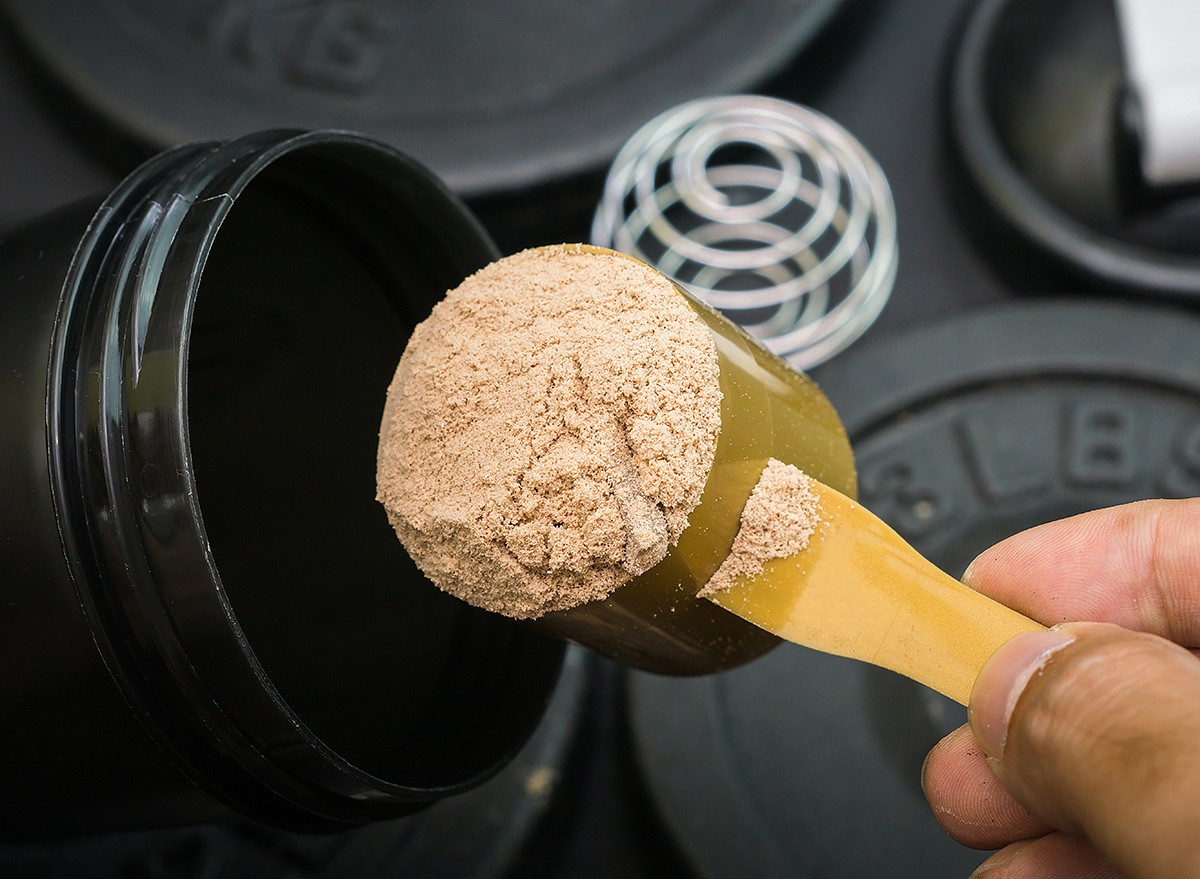
"Whey protein is an excellent way to boost protein intake," Autumn states. While it lacks the full nutrient profile of whole foods, its high DIAZ score and protein density make it valuable for meeting protein goals.
Lamb
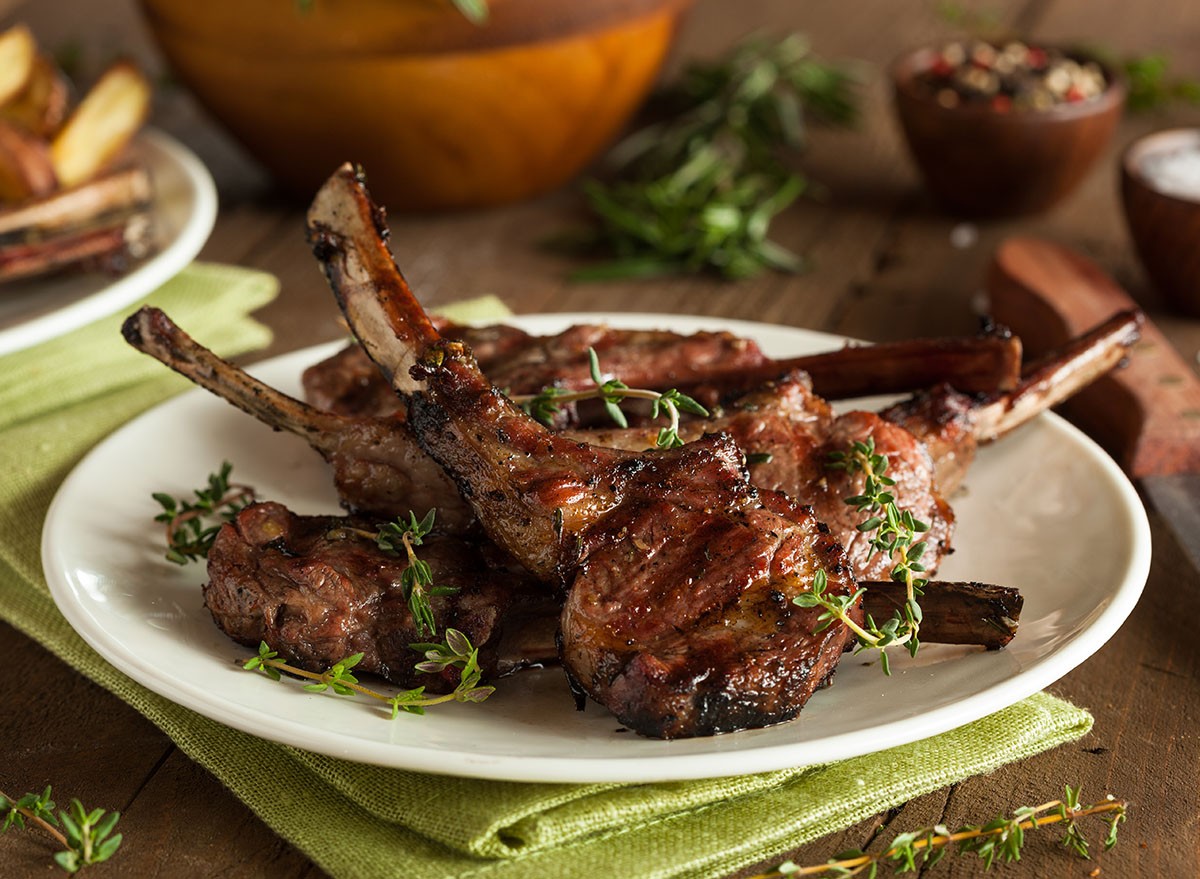
Rich in nutrients and high in protein, lamb only ranks slightly lower than some other meats due to its higher fat content. "Four ounces of lamb provides 25 grams of protein and 22 grams of fat," Autumn explains, noting this affects its protein density. And finally time for elite tier: the best of the best.
Tempeh
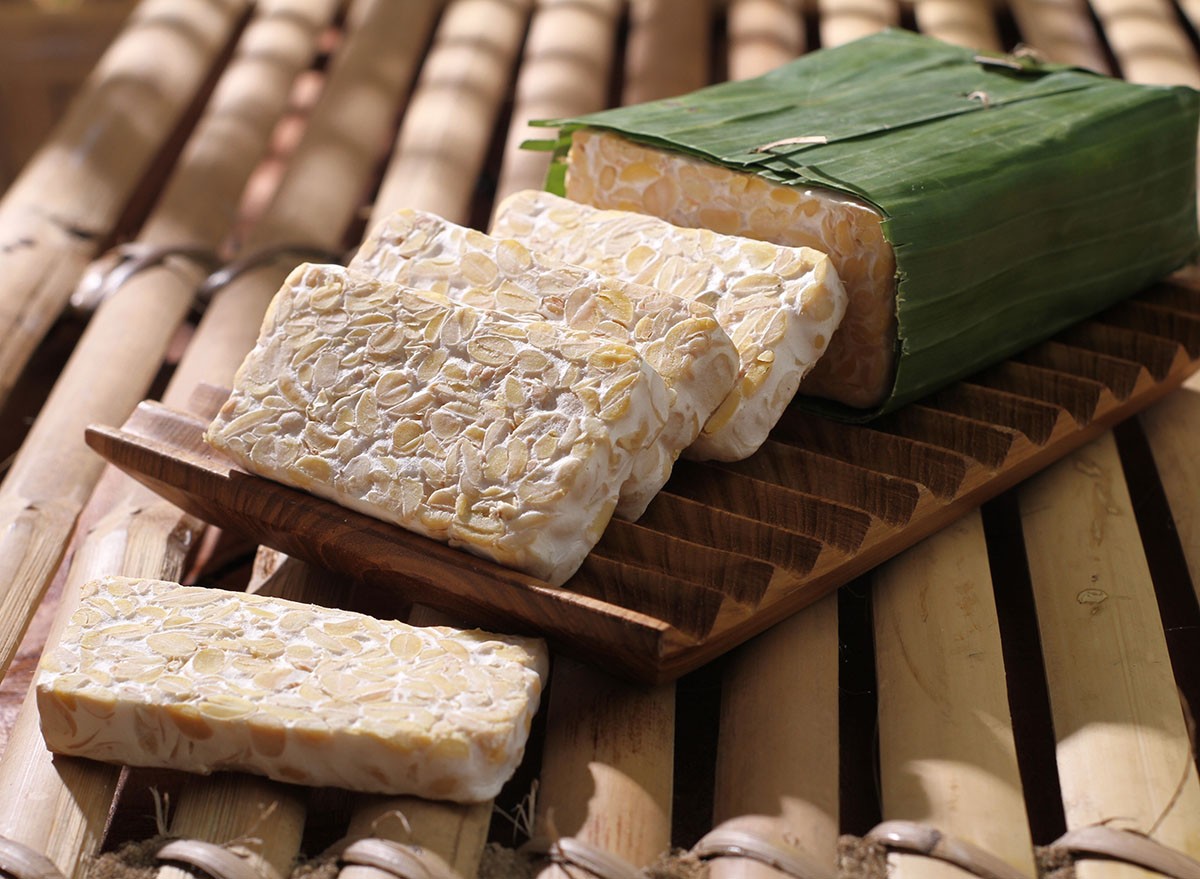
Leading the plant-based category, fermented tempeh offers improved nutrient availability and digestibility. "Its fermentation process makes it one of the most beneficial forms of soy," Autumn emphasizes.
Turkey
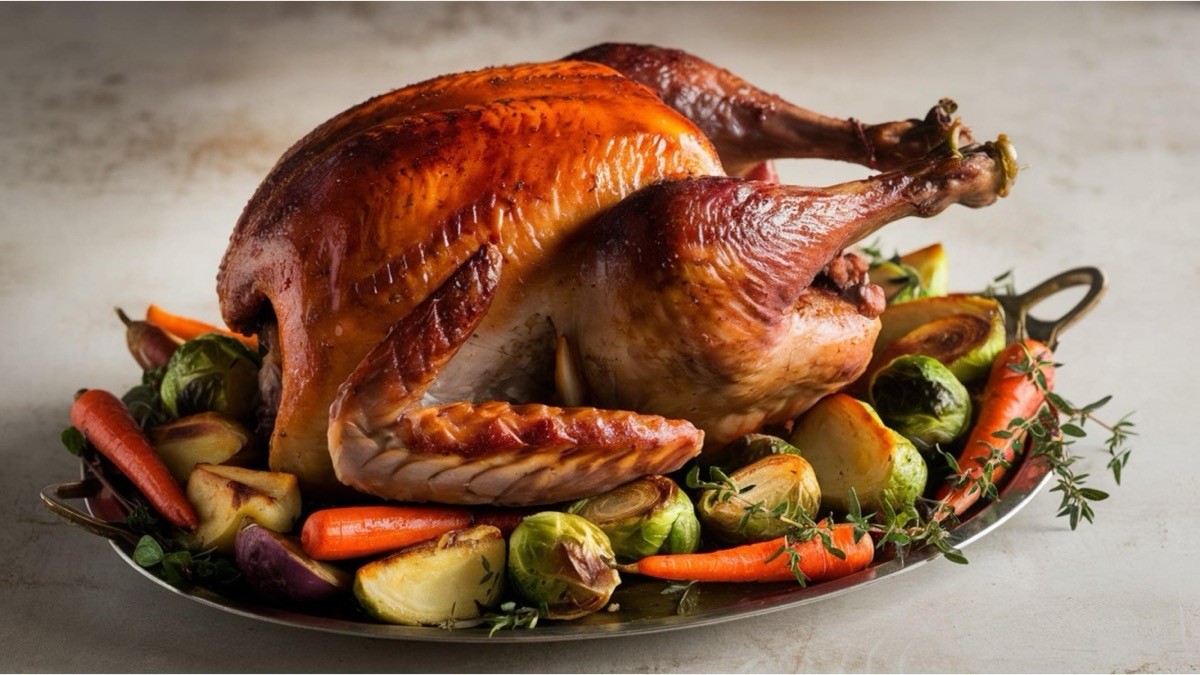
High DIAZ score and lean protein content put turkey near the top. Autumn notes its decent choline content, though it's somewhat lower in zinc and iron than red meat.
Pork
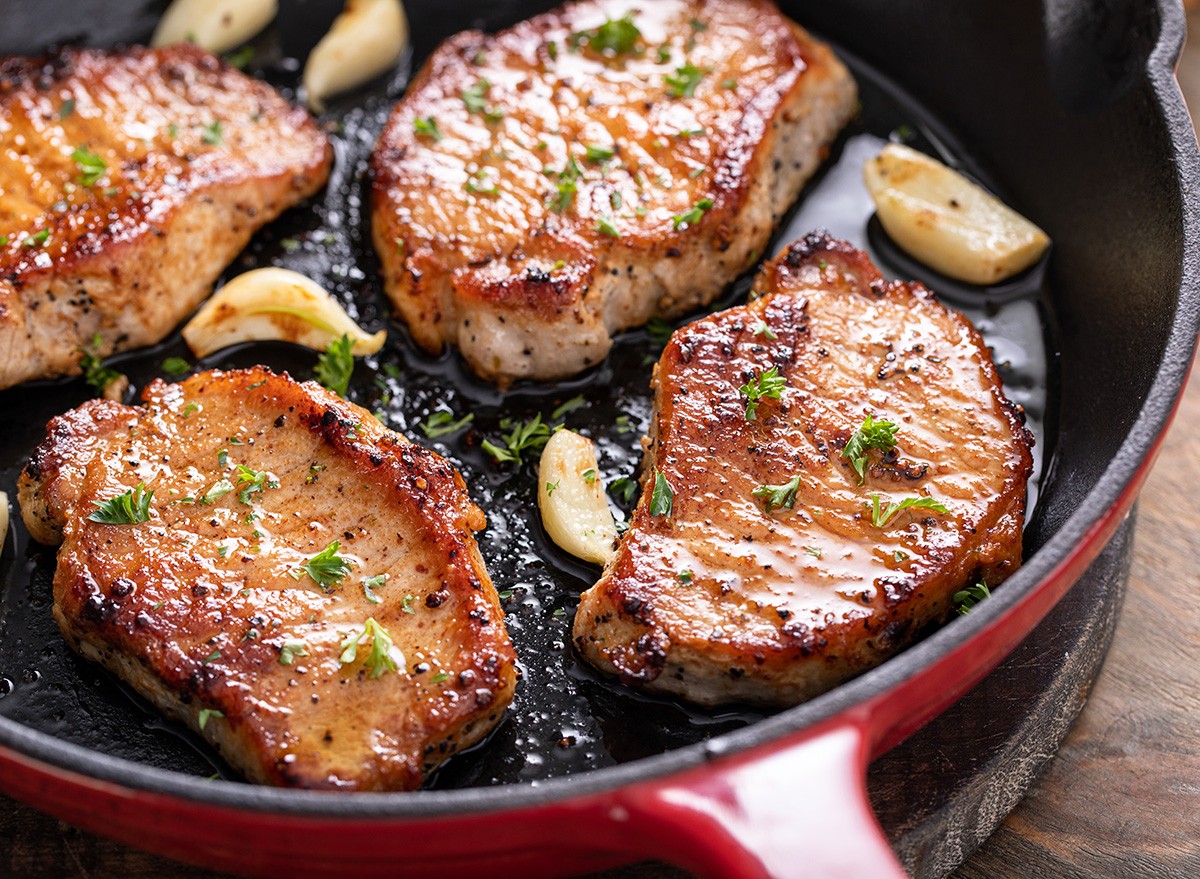
"The protein content varies significantly by cut," Autumn explains. Leaner cuts like pork loin offer excellent protein density and valuable nutrients like choline and zinc.
Chicken
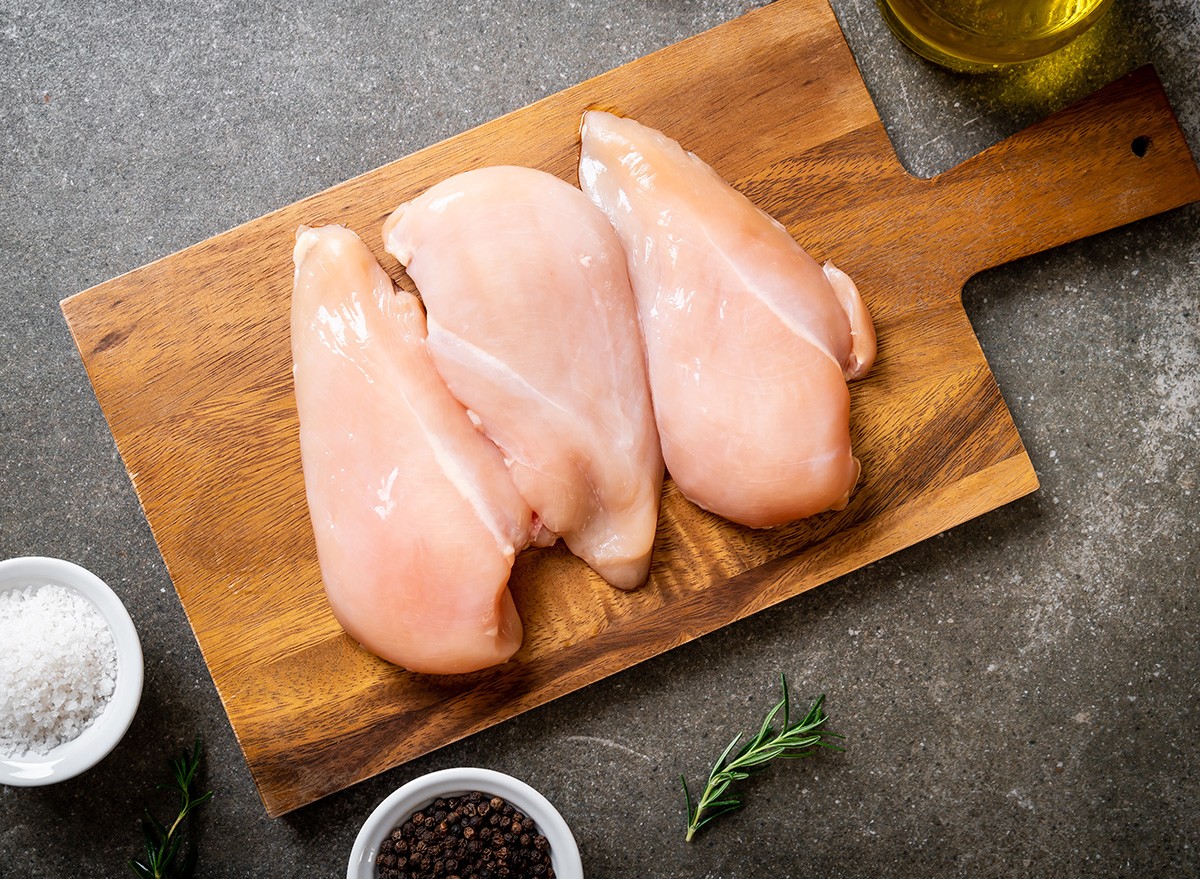
A classic for good reason, chicken offers excellent protein density and a high DIAZ score. While not as nutrient-dense as some red meats, its lean profile makes it a weight loss favorite.
Eggs
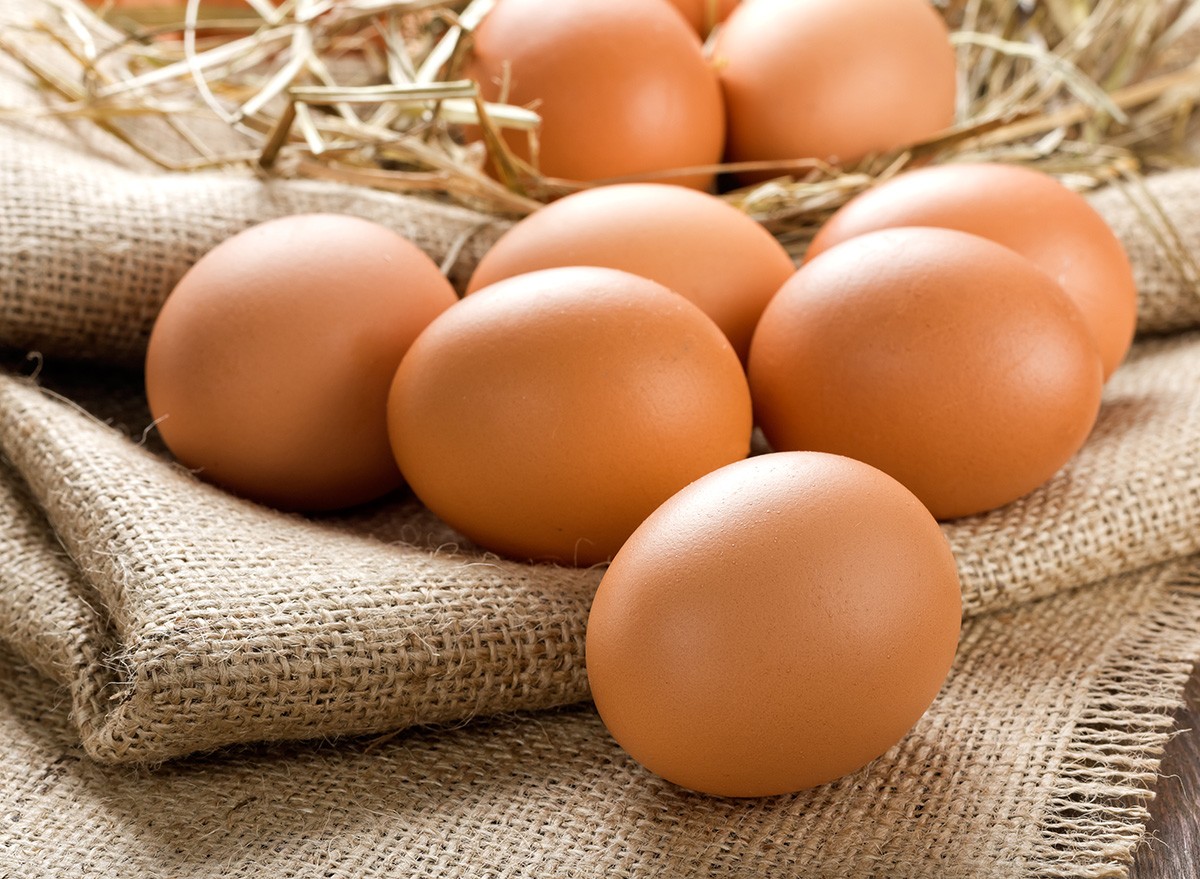
"Eggs are essentially a multivitamin," Autumn declares. Rich in choline, vitamin K2, and vitamin A, eggs only rank below the top tier due to their moderate protein content (5-7 grams per egg).
Venison
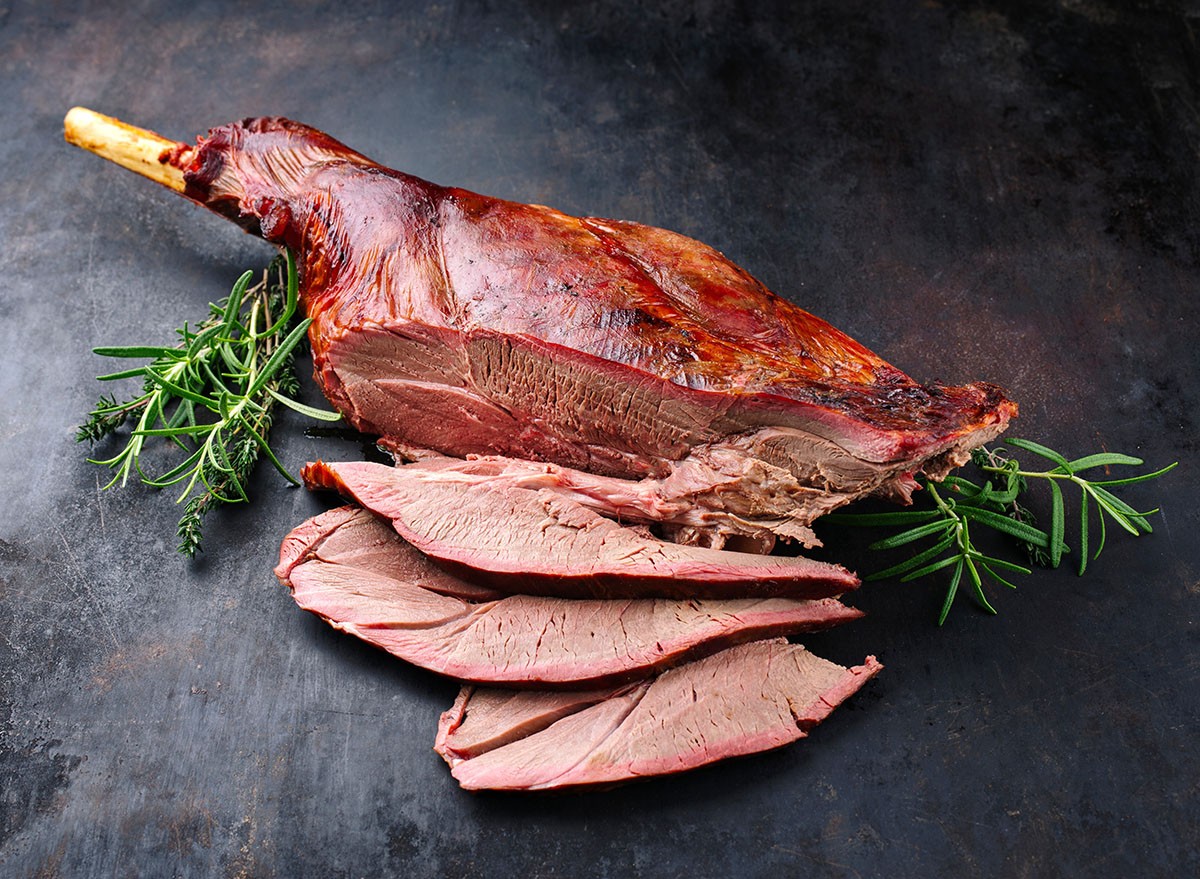
Lean and nutrient-rich, venison combines high protein content with an impressive nutrient profile. Autumn places it among the top choices for its excellent protein quality and density.
RELATED: 20 Superfoods for People Over 50
Greek Yogurt/Cottage Cheese
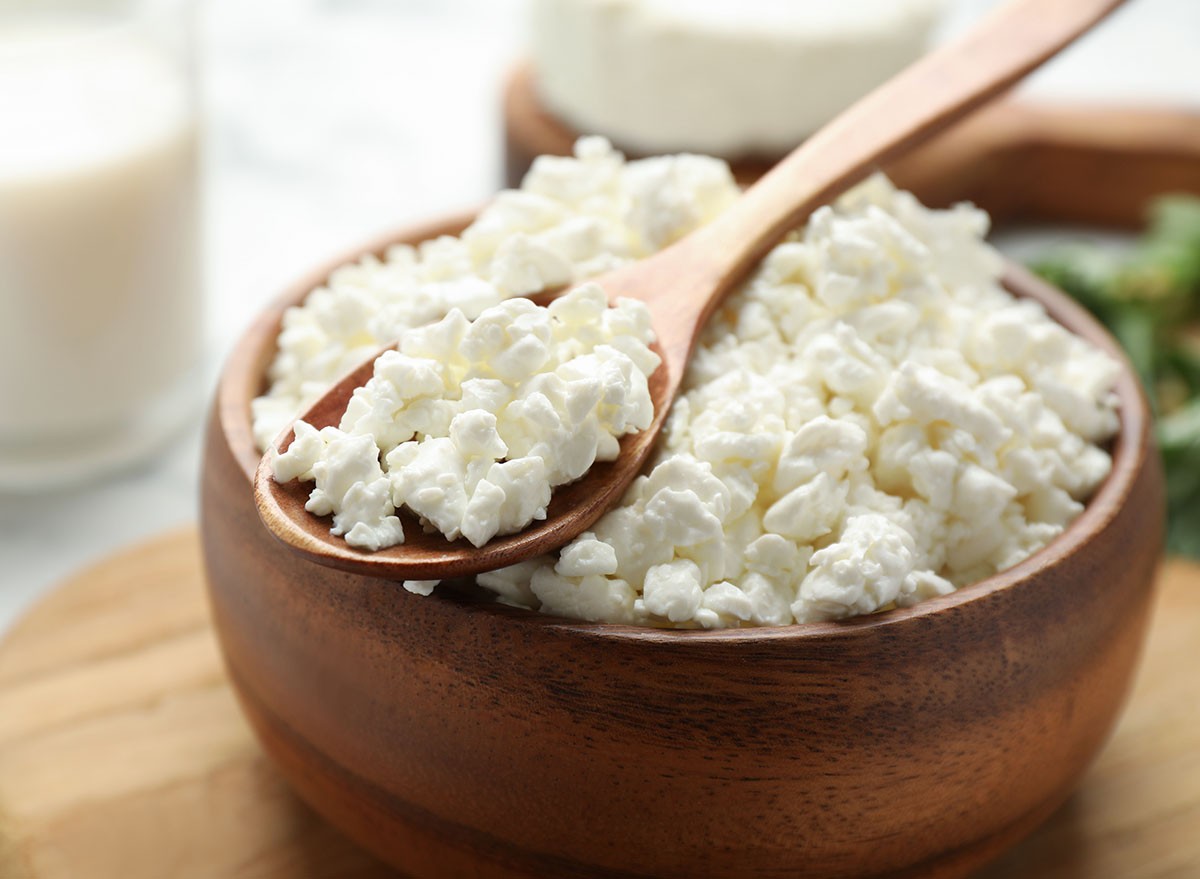
These dairy powerhouses offer impressive protein content (20-25 grams per cup) along with calcium and other nutrients. "They're also generally well-tolerated by those with lactose sensitivity," Autumn notes.
Fatty Fish (Salmon, Sardines, Anchovies)
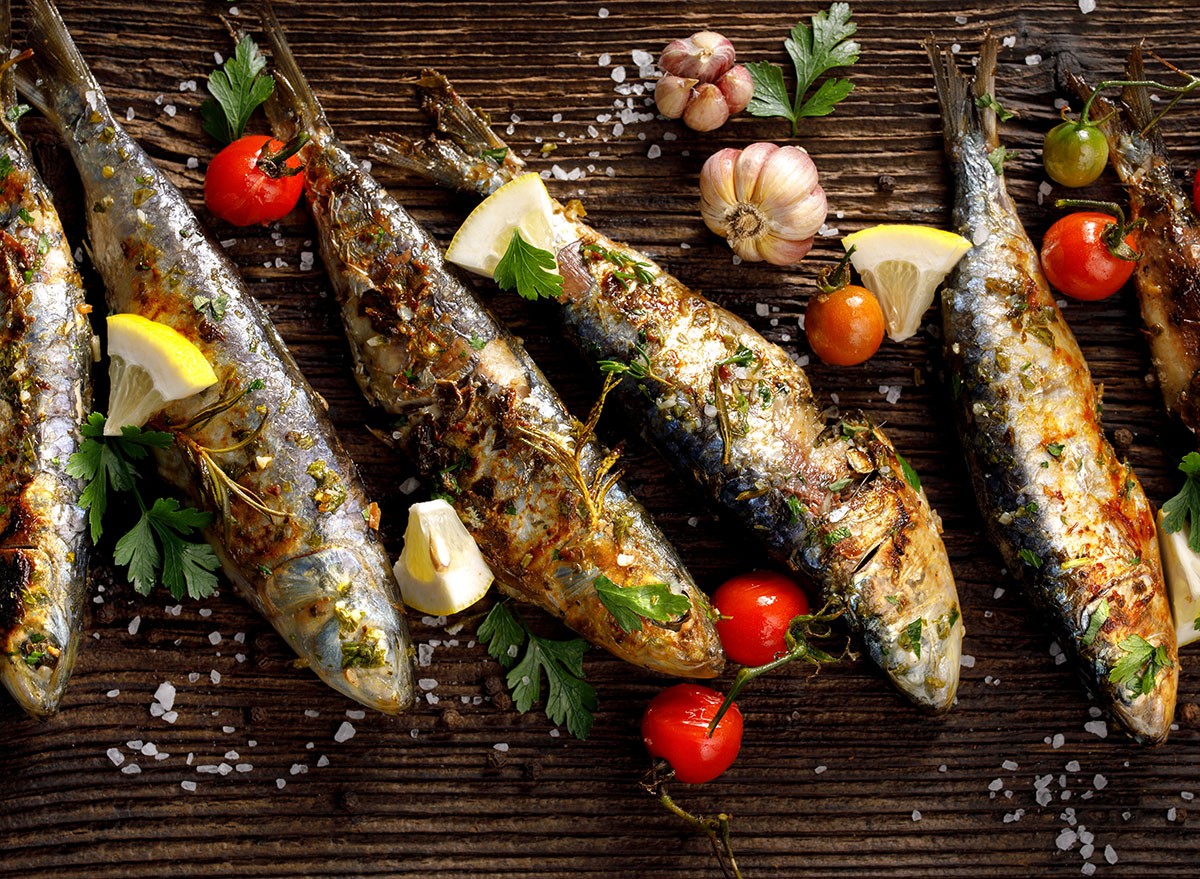
Combining high-quality protein with essential omega-3 fatty acids, these fish varieties offer outstanding nutritional value. "They're providing protein plus nutrients that are hard to get elsewhere," Autumn emphasizes.
Shrimp
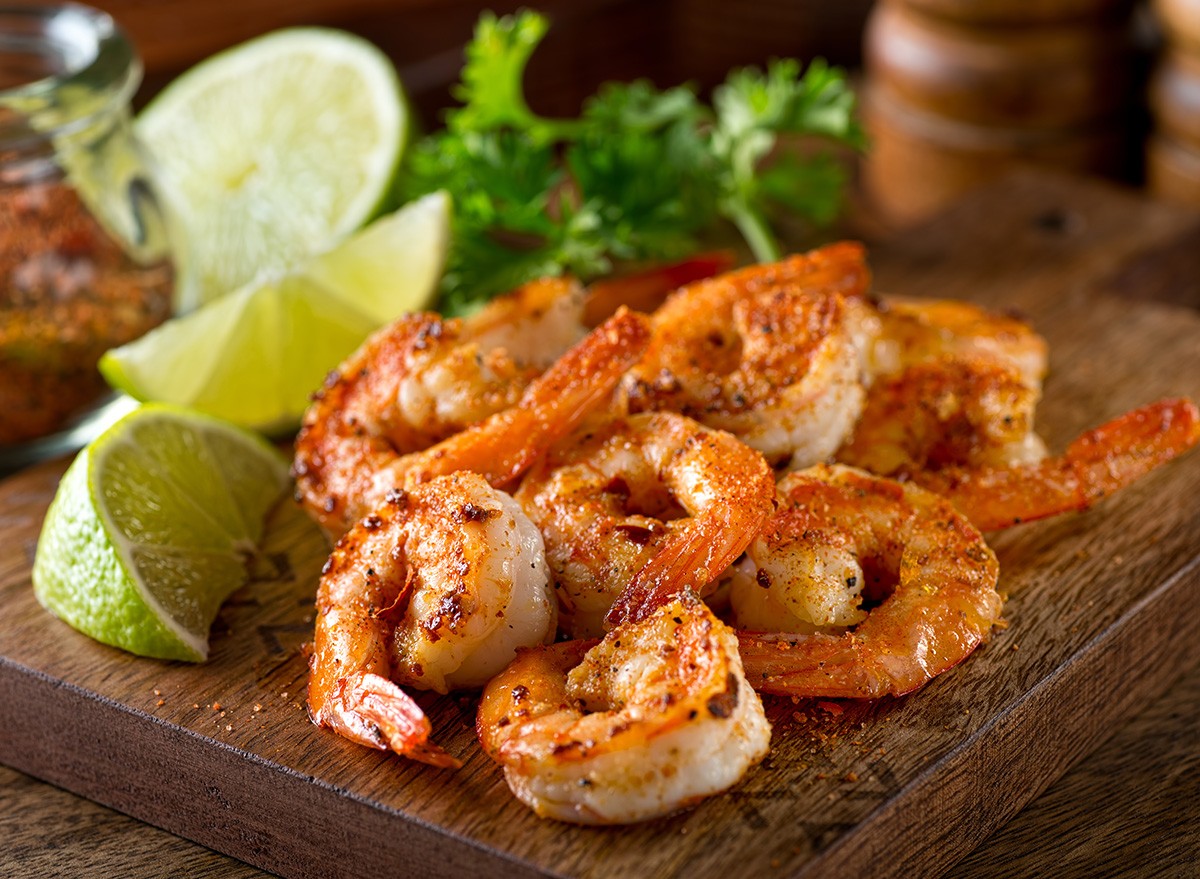
"Shrimp is one of those sneaky sources of protein that's actually very nutrient dense," Autumn reveals. Ranking among the top eight most nutrient-dense foods in research, shrimp combines excellent protein quality with impressive nutrient content.
Bison
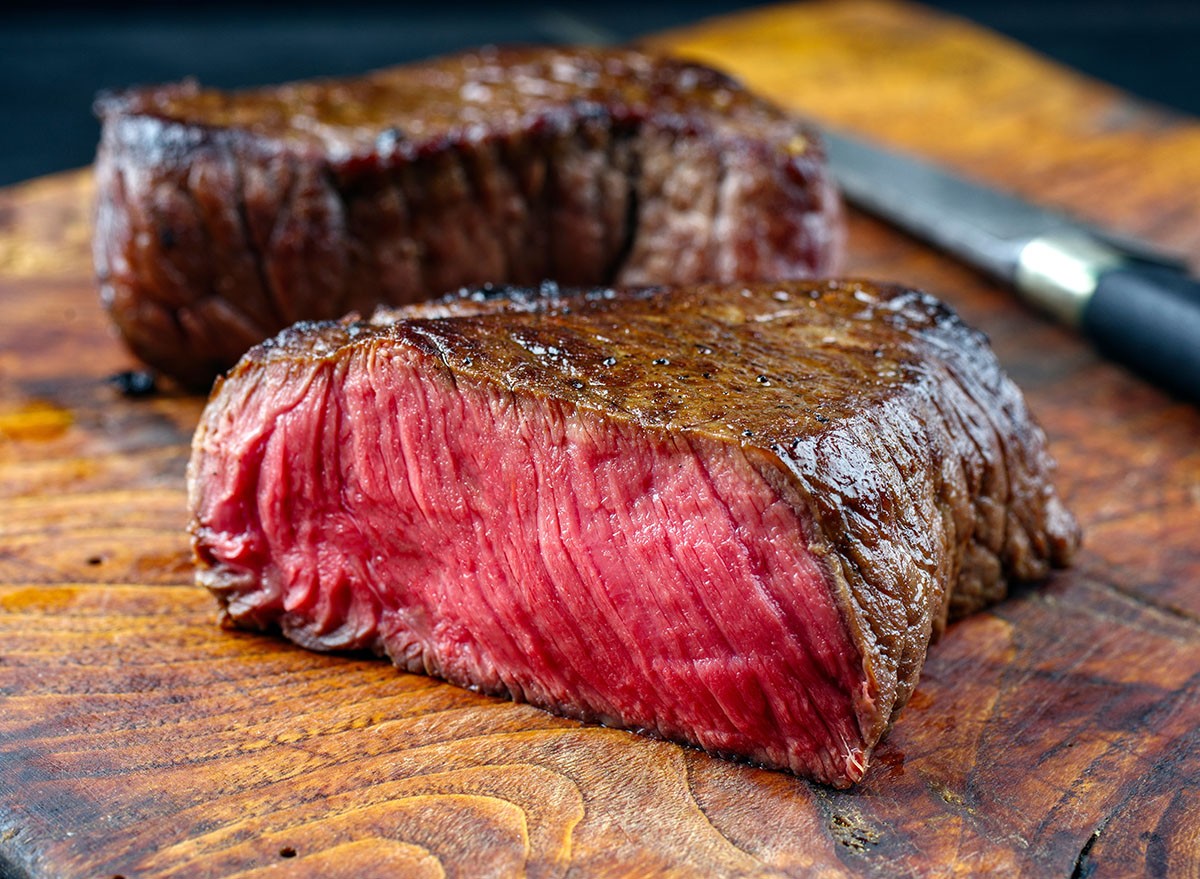
Nearly identical to beef in protein quality and nutrient density, bison earns its spot near the top. Autumn appreciates its excellent DIAZ score and comprehensive nutrient profile.
Beef
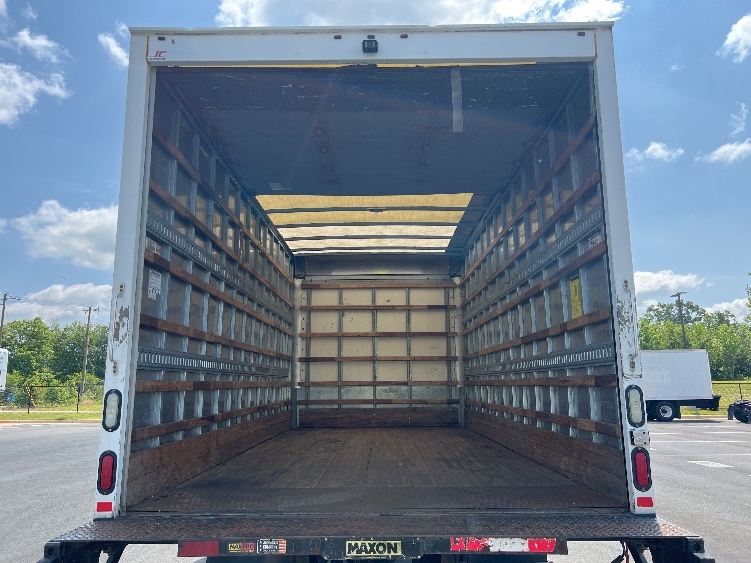
Taking the top spot, beef combines excellent protein density, superior DIAZ score, and outstanding nutrient richness. "It's been rated one of the most nutrient-rich foods available," Autumn concludes, noting its particular value for iron and zinc content.
Remember: The best protein choice for you depends on your individual needs, preferences, and dietary restrictions. Use this ranking as a guide while considering your personal health goals and dietary requirements.
Why These Proteins Work Better Than Others
Autumn evaluates protein sources using three game-changing factors that determine their fat-melting potential:
The Absorption Factor
"We can't just look at how much protein is in something – we need to know how well we actually absorb it," Autumn explains. This is measured by the DIAZ score, which tells us how effectively your body can use the protein to build and maintain lean muscle.
The Density Secret
Some foods marketed as "high-protein" actually require you to eat a lot more calories to get meaningful protein amounts. For example, Autumn points out that "you get 27 grams of protein for the same calories with beef compared to just 7 grams from peanuts."
The Nutrient Multiplier
Foods that combine high protein with essential nutrients help optimize your metabolism. "We need to make sure that it's nutrient dense because that's going to make sure that we're actually living our healthiest possible lives while we're also achieving a weight loss goal," Autumn emphasizes.
Animal vs Plant Proteins: What You Need to Know
The Animal Protein Advantage
"All animal sources of protein except for collagen are going to be high DIAZ," Autumn reveals. This means your body can use these proteins more effectively for building and maintaining muscle while losing fat.
Plant Protein Truth
While plant proteins can support your goals, Autumn notes that "all of these are generally going to have a lower DIAZ score." This doesn't mean you should avoid them – just choose wisely and know how to combine them effectively.
Making These Proteins Work for Fat Loss
For optimal results, Autumn recommends:
- Choose proteins from the top tiers whenever possible
- Combine lower-ranked plant proteins to create complete protein profiles
- Time your protein intake strategically throughout the day
- Focus on the most nutrient-dense options for your calories.
The Bottom Line
Your protein choices can make or break your fat loss results. "If you're trying to get more protein, focus on the sources that give you the most bang for your nutritional buck," Autumn advises. By choosing from these ranked proteins and understanding how to use them effectively, you can optimize your body's fat-burning potential while maintaining lean muscle.
Remember: The best protein choice is one that you'll consistently include in your diet. Use this ranking as your guide to make informed decisions about which proteins will best support your fat loss journey. And if you enjoyed this article, take advantage of these 15 Quick Ways to Lose Body Fat Percentage in a Week.




